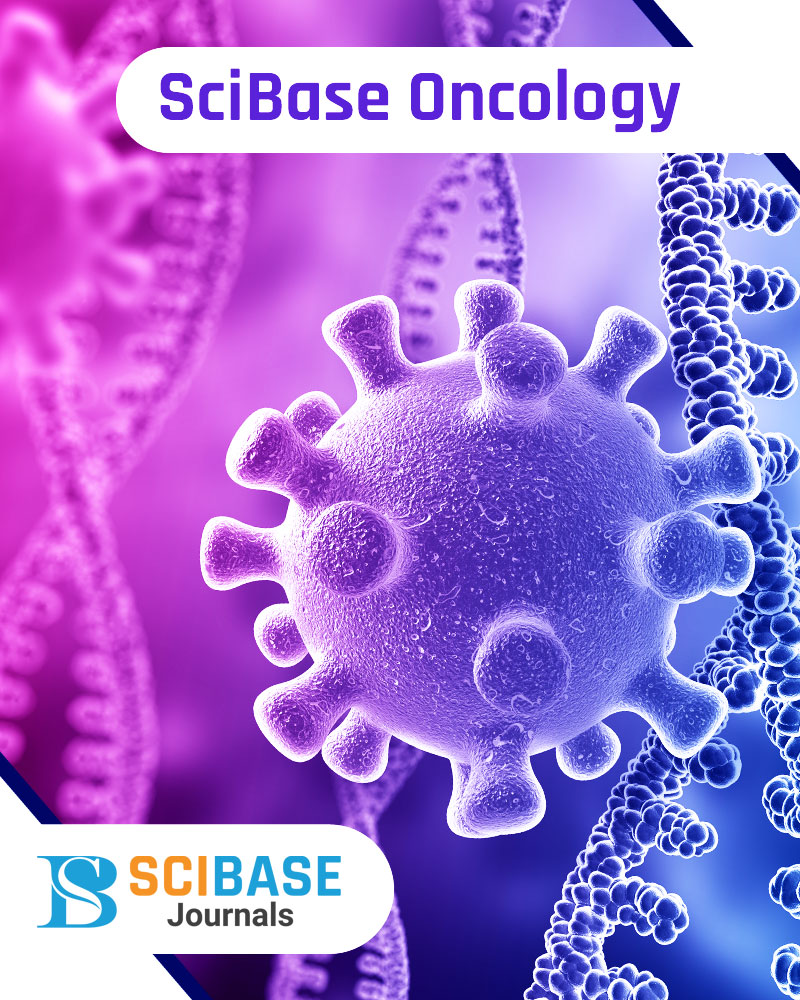This journal covers a huge range of topics, which include biology of cancer, clinical oncology practices, cancer prevention and screening protocol, cancer genetics, and newer therapeutic approaches for treatment. It works as a perfect platform for researchers, oncologists, and other medical professionals.
Our journal is aimed at maintaining a high degree of editorial standards. The published content in this journal has a very high quality. Each of the manuscripts submitted here goes through a complete peer-to-peer review. The journal welcomes contributions from experts in the realm of a diverse range of scientific and medical fields.
The journal is committed to providing a platform for scientific excellence wherein it offers the researchers a forum for the proper and practical dissemination of knowledge and information in their research findings. SciBase Oncology is designed to provide you with a complete knowledge of the advancements in oncology. The journal also focuses on the new age technologies, which include genomics and artificial Intelligence, which have been playing a major role in Oncology.
SciBase Oncology serves as an indispensable source for the information on Oncology. This will help you in disseminating the cutting-edge research, opinions, and best practices in oncology.
Contact editorial office at: oncology@scibasejournals.org



